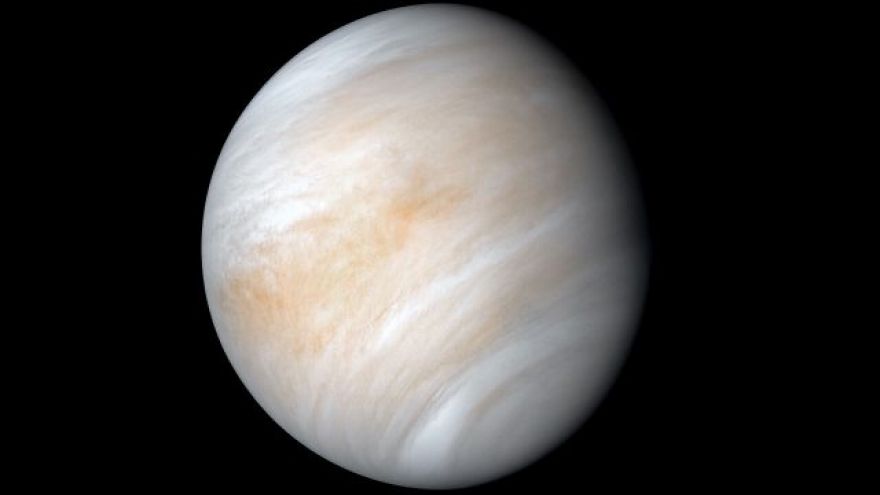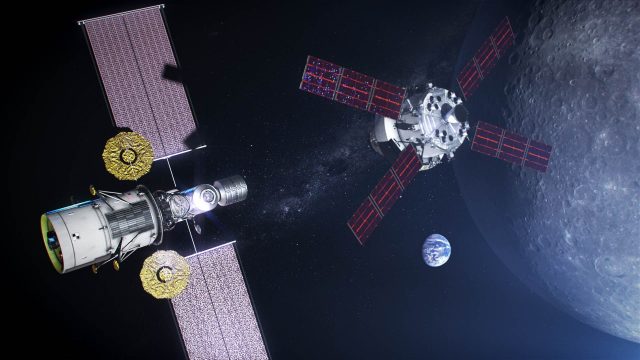
Scientists Call for Crewed Mission to Venus Before Mars
The Artemis 1 launch is still , but it’s only a matter of time before NASA has humans walking on the moon once again. This time, the agency intends to use the moon as a waypoint to more distant locales like Mars. However, some scientists believe Mars should be our second stop. Instead, they say, the mission should start with a quick swing past Venus.
After Artemis 1 finally gets off the ground, it will take two more missions before humans return to the lunar surface. Toward the end of the planned Artemis launches, NASA hopes to have the Gateway station up and running allowing for a long-term human presence around the moon.
Venus is poorly studied compared with Mars, although it’s considered Earth’s sister planet. The two worlds have very similar mass and composition, but it is also the victim of a runaway greenhouse effect. The atmosphere is corrosive and about 100 times denser than Earth’s, and temperatures hover around 900 degrees Fahrenheit (482 degrees Celsius), which is hot enough to melt lead and zinc metals.
Naturally, Izenberg and his allies are not proposing people take a stroll on the surface of Venus. Only a handful of automated probes have landed on the surface, and they didn’t last more than a few minutes. “The current NASA paradigm is moon-to-Mars. We’re trying to make the case for Venus as an additional target on that pathway,” Izenberg tells .

The Gateway station is supposed to be a stepping stone to Mars, but maybe we should start with Venus.
Venus is closer than Mars, so a flyby mission could be completed in as little as a year, compared with about three years for a Mars return mission. According to Izenberg, Venus could also help us get to Mars. While Venus is on the opposite side of Earth from Mars, Izenberg says the planet could provide a gravity assist that actually gets astronauts to the red planet faster and with less fuel.
Sending people to Venus, even if they don’t land, could allow them to do science that isn’t possible with automated probes. And there’s plenty of reason to learn about Venus. It has so much in common with Earth, but the conditions on its surface are comparatively hellish. As we identify more exoplanets in the cosmos, we might want to be able to tell the difference between an Earth-like world and one more like Venus. It’s uncertain if NASA will heed this call, but it’s currently busy with the first leg of its quest to escape Earth orbit.
Now read: